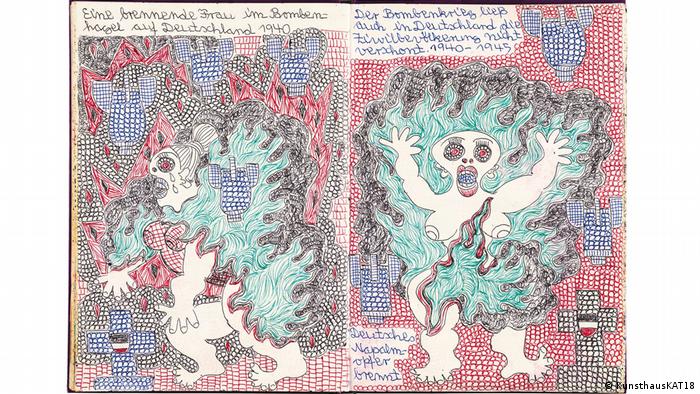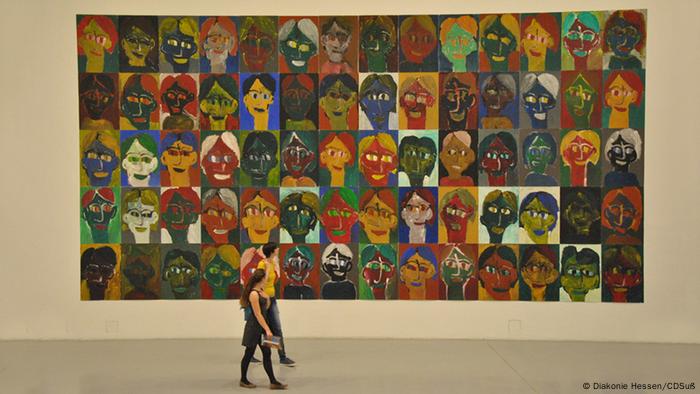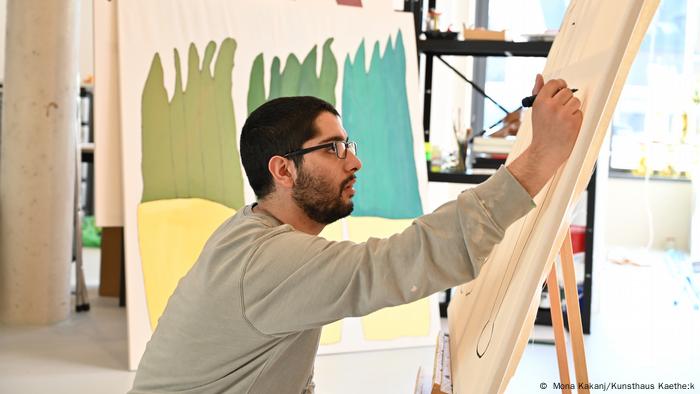Carlos Aguilar -

© TheWrapJonas Poher Rasmussen’s FLEE
This review of “Flee” was first published following its premiere at Sundance on Feb. 4.
For many of those wandering the earth in search of a place to rebuild, home is a distant land to which they can never return. Or perhaps it’s whatever geographical location they can inhabit with their loved ones, even if it’s continents away from their birthplace. But if neither of those versions of a safe haven — to stay or to remain together elsewhere — is feasible, what emotional bricks are left to start anew in solitude?
That’s the plight of the conflicted refugee at the center of Jonas Poher Rasmussen’s soul-stirring animated documentary “Flee,” executive produced by Riz Ahmed and Nikolaj Coster-Waldau. One of the best movies ever made about the most pressing humanitarian crisis of our time, this storytelling knock-out — and Sundance Grand Jury Prize winner for World Cinema, Documentary — teems with heartrending candor and eloquent firsthand recollections often absent in more observational nonfiction pieces on the topic.
Framed as a sort of recorded therapy session between the subject, Amin Nawabi (an alias used for his protection), and the filmmaker (a longtime friend), “Flee” charts a harrowing odyssey to safety that eventually landed Amin in Denmark, where he now resides with his partner, Kasper. Lying down with eyes closed, Amin first mentally travels back to his childhood in Kabul, Afghanistan, during the 1980s, before the civil war and the American-backed mujahideen forced his family to escape and brave a series of dehumanizing ordeals.
Also Read: Neon Acquires Jonas Poher Rasmussen's 'Flee' in 7-Figure Deal
Made lucid in hand-drawn animated form, Amin’s memories are expressed in two distinguishable styles: The most traumatic, and thus the foggiest, appear through rough lines in muted black and white, like an apparition barely visible in the mist of his subconscious, but with tangible sensorial impact. That minimalist approach changes for sequences in the present and the larger part of the past. The bulk of the craftsmanship is just as evocative but more visually concrete and rendered in a rich color palette. Think “The Breadwinner” or “Waltz With Bashir,” both as aesthetic reference points and thematic cousins.
Far from distancing us from Amin and his detailed retelling of fear and uncertainty, the chosen medium functions as a powerful, immediately visceral way into deeper understanding. Where live-action reenactments would have made viewers aware of the fabrication, here the moving artwork provides direct access to a dreamlike stream of Amin’s innermost thoughts, verbalized through the heartfelt voiceover but truly conveyed in faces of the 2D characters. Animation goes where words or actors alone can’t, empowering Rasmussen and his team to confect a spectacular union of recalled truth and expressive imagery.
See Photos: Sundance 2021: What Has Sold So Far, From 'CODA' to 'Flee'
News footage from the era is occasionally interweaved to enrich our awareness of the historical conditions at the macro level, which were factors in the personal tribulations of so many. Out of Kabul, where he left his faint impression of his imprisoned father, Amin, his mother and siblings arrived in Russia just after the fall of the Soviet Union, only to experience harassment from local police while awaiting funds to move to Western Europe.
In lieu of keeping the unimaginably inhumane treatment they withstood in the abstract, “Flee” exemplifies it with specific scenes that evoke the ache of their harsh reality, sometimes with a hint of absurdity. There are the days they spent watching Mexican soap operas before embarking on a hazardous trip with traffickers, the impotence of not being able to prevent a sexual assault and the overwhelming embarrassment Amin felt when being looked at with condescending pity or indifference by those who’ve never had to migrate to survive. These pieces of unvarnished openness on Amin’s behalf hit hard.
Fighting another identity war through it all, Amin also recalls coming to terms with his sexual orientation as a child but keeping it secret until adulthood. The movie never addresses homosexuality in tragic terms, but rather through the lens of what it meant to grow up in the 1980s with Jean-Claude Van Damme as his movie crush, or jubilantly losing himself to the rhythm of an alternative rock song. Leave it to the human spirit to mine levity even from unthinkable hardship, be it a gentle moment with another boy or his older brother’s accepting gesture.
Nevertheless, the suffering of displacement goes beyond the aggravations endured in order to reach countries that begrudgingly help. It’s about all of what is lost in transit. Rasmussen manages to merge Amin’s account of the physical trip with the indelible scars of the psychological devastation that came once the water has settled. After harboring another tender secret out of fear of losing what he’s laboriously achieved, this open-heart conversation of a movie acts as a second coming-out for him — one that may hopefully clear some of the unresolved personal damage that has interfered in his romantic relationships and other social interactions.
There’s the realization that he’s forgetting Dari, his native tongue, or that no matter how professionally accomplished he becomes, the ghosts will continue to chase him. Still, amidst all those shadows of turmoil, there’s also the possibility of erecting another home — one cemented on his hard-tested resilience and genuine love, a place where he can once and for all rest his head without worries. Of all that Rasmussen does beautifully here, it is that life-affirming arch, traversing sorrow to get to hope, that’s the most moving. Etched without a false note of cynicism or falling into cheap sentimentality, “Flee” harnesses the animated medium in stunning form to grant us a miracle of empathy.
“Flee” has been acquired by NEON.












